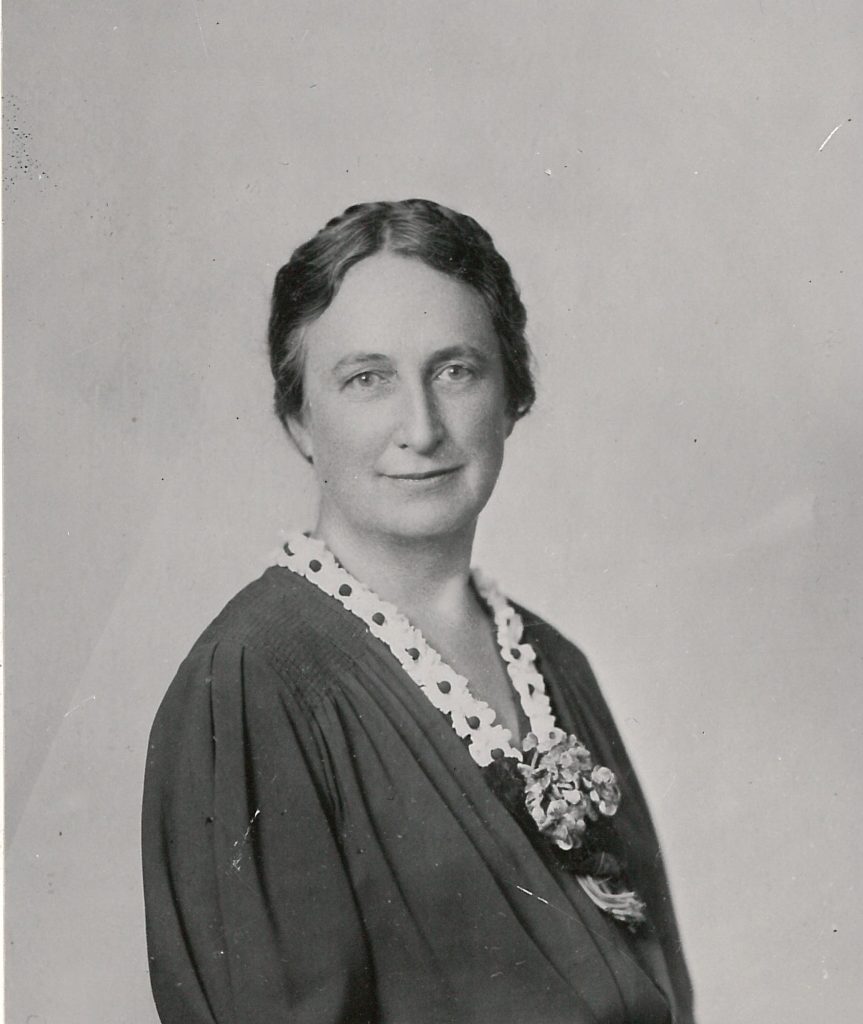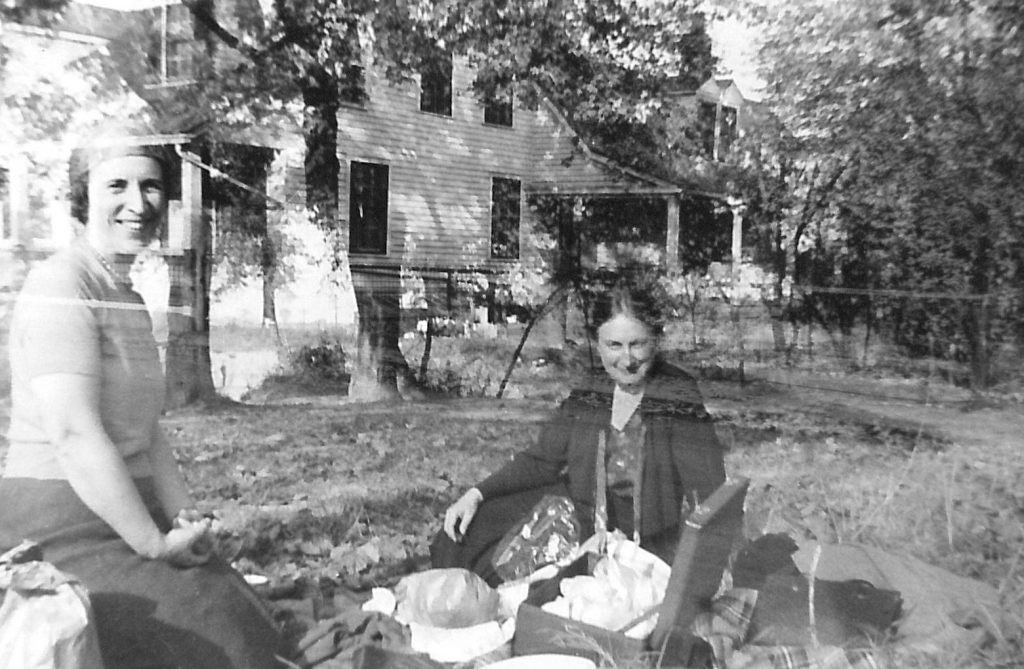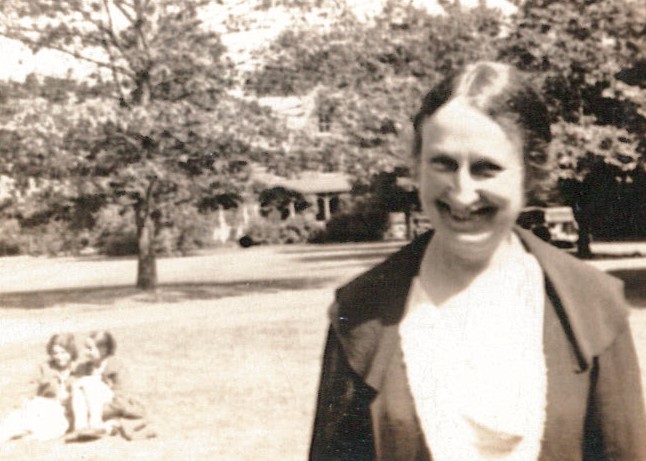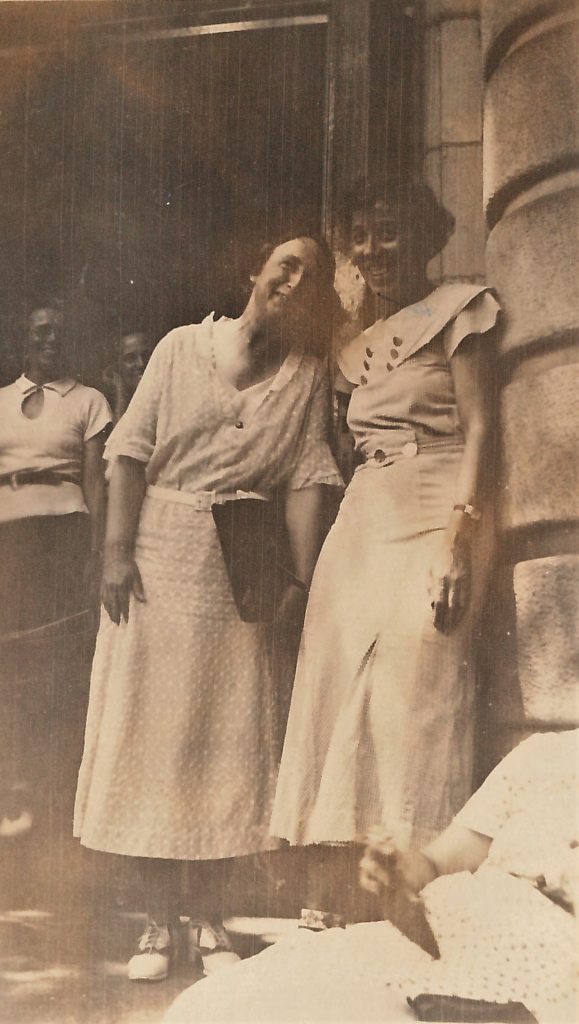[et_pb_section bb_built=”1″ admin_label=”section” background_color=”rgba(0,62,81,0.55)” parallax_method=”off” next_background_color=”#ffffff” custom_padding_tablet=”50px|0|50px|0″ custom_padding_last_edited=”on|desktop” _builder_version=”3.2.2″ background_blend=”overlay” background_image=”https://sites.smith.edu/ssw100-history/wp-content/uploads/sites/256/2018/05/1933-Bertha-Capen-Reynolds-60-1315.jpg” module_class=”blue”][et_pb_row admin_label=”row” background_position=”top_left” background_repeat=”repeat” background_size=”initial”][et_pb_column type=”1_3″][/et_pb_column][et_pb_column type=”2_3″][et_pb_divider color=”#ffffff” show_divider=”off” height=”200″ divider_style=”solid” divider_position=”top” hide_on_mobile=”on” disabled_on=”on|on|off” _builder_version=”3.2.2″ /][et_pb_post_title _builder_version=”3.2.2″ meta=”off” featured_image=”off” text_color=”light” title_font_size=”50px” title_line_height=”1.2em” /][/et_pb_column][/et_pb_row][/et_pb_section][et_pb_section bb_built=”1″ specialty=”off” parallax_method=”off” prev_background_color=”rgba(0,62,81,0.55)” custom_padding_tablet=”50px|0|50px|0″ custom_padding_last_edited=”on|desktop” _builder_version=”3.2.2″][et_pb_row admin_label=”row” make_fullwidth=”off” use_custom_width=”off” width_unit=”on” use_custom_gutter=”off” custom_padding=”0px|||” padding_mobile=”on” allow_player_pause=”off” parallax=”off” parallax_method=”off” make_equal=”off” parallax_1=”off” parallax_method_1=”off” parallax_2=”off” parallax_method_2=”off” column_padding_mobile=”on” background_position=”top_left” background_repeat=”repeat” background_size=”initial”][et_pb_column type=”1_3″][et_pb_post_title admin_label=”Categories” _builder_version=”3.2.2″ title=”off” author=”off” date=”off” comments=”off” featured_image=”off” meta_text_color=”#6fbee5″ /][et_pb_code admin_label=”Tags” _builder_version=”3.2.2″][tags][/et_pb_code][/et_pb_column][et_pb_column type=”2_3″][et_pb_text max_width=”620px” text_font_size=”20″ text_text_color=”#363636″ use_border_color=”off” custom_margin=”10px||0px|” text_line_height=”1.4em” text_font_size_last_edited=”on|phone” background_position=”top_left” background_repeat=”repeat” background_size=”initial” _builder_version=”3.2.2″ text_font_size_phone=”14″]
Bertha Capen Reynolds Oral History and Brief Biography
[/et_pb_text][et_pb_text max_width=”620px” text_text_color=”#363636″ use_border_color=”off” custom_margin=”10px||0px|” text_line_height=”1.4em” text_font_size_last_edited=”on|phone” background_position=”top_left” background_repeat=”repeat” background_size=”initial” _builder_version=”3.2.2″ text_font_size_phone=”12″]
–Modified from 1985 Biographical note by Rachel A. Levine, Literary Executor for Bertha Capen Reynolds.
[/et_pb_text][et_pb_text max_width=”620px” text_font_size=”20″ text_text_color=”#363636″ use_border_color=”off” custom_margin=”10px||0px|” text_line_height=”1.4em” text_font_size_last_edited=”on|phone” background_position=”top_left” background_repeat=”repeat” background_size=”initial” _builder_version=”3.2.2″ text_font_size_phone=”14″]
Bertha Capen Reynolds was a pioneer educator and practitioner in the field of social work and an innovative writer on broader social subjects.
[/et_pb_text][et_pb_text max_width=”620px” text_text_color=”#363636″ use_border_color=”off” custom_margin=”10px||0px|” text_line_height=”1.4em” text_font_size_last_edited=”on|phone” background_position=”top_left” background_repeat=”repeat” background_size=”initial” _builder_version=”3.2.2″]
Born in 1885 in Brockton, MA, she first attended Smith College in 1904 as an undergraduate with support of her aunt, Bessie T. Capen, principal of the Capen (later Burnham) School in Northampton. In 1908 she graduated Phi Beta Kappa. She then moved to Georgia where she taught at the high school linked to the historically black Atlanta University for two years before leaving due to ill health.
After a brief psychotherapy with James J. Putnam, M.D., she enrolled in the Boston School for Social Workers (later the Simmons College School of Social Work) in 1912. A year later, she began working as a caseworker for the Boston Children’s Aid Society, where she stayed until 1918. That year, she participated in the first course in psychiatric social work at Boston Psychopathic Hospital under Elmer E. Southard and Mary C. Jarrett and then followed them to Northampton, MA that summer to study at the first session of what became the Smith College School for Social Work. You can view pages from her diary that first summer in which she transcribed songs including “They Go Wild, Simply Wild, Over Freud” and remembered events.
[/et_pb_text][/et_pb_column][/et_pb_row][et_pb_row admin_label=”row” make_fullwidth=”off” use_custom_width=”off” width_unit=”on” use_custom_gutter=”off” custom_padding=”0px|||” padding_mobile=”on” allow_player_pause=”off” parallax=”off” parallax_method=”off” make_equal=”off” parallax_1=”off” parallax_method_1=”off” parallax_2=”off” parallax_method_2=”off” column_padding_mobile=”on” background_position=”top_left” background_repeat=”repeat” background_size=”initial”][et_pb_column type=”1_3″][et_pb_text _builder_version=”3.2.2″]

[/et_pb_text][/et_pb_column][et_pb_column type=”2_3″][et_pb_text _builder_version=”3.2.2″]

[/et_pb_text][/et_pb_column][/et_pb_row][et_pb_row admin_label=”row” make_fullwidth=”off” use_custom_width=”off” width_unit=”on” use_custom_gutter=”off” custom_padding=”0px|||” padding_mobile=”on” allow_player_pause=”off” parallax=”off” parallax_method=”off” make_equal=”off” parallax_1=”off” parallax_method_1=”off” parallax_2=”off” parallax_method_2=”off” column_padding_mobile=”on” background_position=”top_left” background_repeat=”repeat” background_size=”initial”][et_pb_column type=”1_3″][/et_pb_column][et_pb_column type=”2_3″][et_pb_text _builder_version=”3.2.2″]
The following year, 1919, she and Mary S. Doran published a monograph, The Selection of Foster Homes for Children. For the next six years, she worked as director of social services at Danvers State Hospital and in new clinics for behavioral training of pre-school children in the Division of Mental Hygiene in Boston. In 1925, Director Everett Kimball invited her to become the associate director of the Smith College School for Social Work, where she taught courses in the summer term and supervised students’ field placements during the rest of the year. In addition, she conducted research and had clinical assignments at the Child Guidance Clinic in Philadelphia and at the Institute for Child Guidance and the Jewish Board of Guardians in New York.
In a collection of letters between Reynolds and Everett, she mentions several times the transformations an intensive psychoanalysis with Frankwood E. Williams, M.D., 1927-28 wrought within her. These letters also document the nature of the professional collaboration between the two administrators of SSW. Reynolds was the third associate director to work with Kimball in the SSW. Kimball pushed out the first two, Mary Jarrett and Elsa Baker Brown, after only two years each. Reynolds addressed the question of his ability to work with opinionated women in the oral history below. These letters also reveal Reynolds gaining in her confidence as a leader and teacher and Kimball’s response to that growth. In another document in the Smith College Special Collection, she urged Kimball to admit black students.
[/et_pb_text][/et_pb_column][/et_pb_row][et_pb_row admin_label=”row” make_fullwidth=”off” use_custom_width=”off” width_unit=”on” use_custom_gutter=”off” custom_padding=”0px|||” padding_mobile=”on” allow_player_pause=”off” parallax=”off” parallax_method=”off” make_equal=”off” parallax_1=”off” parallax_method_1=”off” parallax_2=”off” parallax_method_2=”off” column_padding_mobile=”on” background_position=”top_left” background_repeat=”repeat” background_size=”initial”][et_pb_column type=”1_2″][et_pb_text _builder_version=”3.2.2″]
Alumnae Memories of BCR

[/et_pb_text][/et_pb_column][et_pb_column type=”1_2″][et_pb_text _builder_version=”3.2.2″]

[/et_pb_text][/et_pb_column][/et_pb_row][et_pb_row admin_label=”row” make_fullwidth=”off” use_custom_width=”off” width_unit=”on” use_custom_gutter=”off” custom_padding=”0px|||” padding_mobile=”on” allow_player_pause=”off” parallax=”off” parallax_method=”off” make_equal=”off” parallax_1=”off” parallax_method_1=”off” parallax_2=”off” parallax_method_2=”off” column_padding_mobile=”on” background_position=”top_left” background_repeat=”repeat” background_size=”initial”][et_pb_column type=”1_3″][/et_pb_column][et_pb_column type=”2_3″][et_pb_text _builder_version=”3.2.2″]
During the 1930s, Reynolds presented her first major paper, “The Role of the Psychiatric Social Worker in Therapy,” at the First International Congress on Mental Hygiene, traveled around the country giving speeches and conducting in-service institutes for social workers, and published several articles in The Family on casework and the relationship of social work to society. In 1932, she resumed psychoanalysis with Dr. Williams after five-year interval. In 1934, she became a member of the advisory council and an important contributor to Social Work Today, a journal of the rank-and-file movement made up mainly of public relief workers who advocated unionization of social workers. That same year, her book Between Client and Community: A Study in Responsibility in Social Case Work was published.
In 1935, Reynolds designed and taught the courses for the first advanced program, Plan D, for the training of supervisors and teachers of social work. Annette Garrett took on Reynolds’s former responsibilities, while Reynolds became the associate director in charge of advanced courses. Two years later, she offered her resignation to Everett Kimball, director of the School for Social Work, due to their disagreement over the direction of the program, her political activities, and his insistence that Plan D be terminated.
After leaving SSW in 1938, Reynolds became self-employed as a consultant in staff development for social work agencies. In 1942, her major work for social work educators, Learning and Teaching in the Practice of Social Work, came out. It described the contributions of psychology and the social sciences to the problems of practice and teaching in social work.
In 1948, she retired to the family home in Stoughton, where she studied Marxist works, corresponded with friends and former students, had a small clinical practice, and worked as a volunteer on community projects, for the Methodist Church, and the Stoughton Historical Society. She also wrote her autobiography, An Uncharted Journey, which was then published in 1963. In the 1960s, her social work peers began to recognize her foundational contributions to their profession, after being marginalized for two decades for her Marxist inspired opinions. From 1964 to 1976, she was honored by Boston University; the Adelphi, Columbia, Fordham, Hunter, New York University, and Yeshiva schools of social work; the New York City chapter of the National Association of Social Workers; and the alumni of the Smith College School for Social Work.
Bertha Capen Reynolds died at home in Stoughton on October 29, 1978, just two years after giving the oral history interview transcribed below.
[/et_pb_text][/et_pb_column][/et_pb_row][et_pb_row admin_label=”row” make_fullwidth=”off” use_custom_width=”off” width_unit=”on” use_custom_gutter=”off” custom_padding=”0px|||” padding_mobile=”on” allow_player_pause=”off” parallax=”off” parallax_method=”off” make_equal=”off” parallax_1=”off” parallax_method_1=”off” parallax_2=”off” parallax_method_2=”off” column_padding_mobile=”on” background_position=”top_left” background_repeat=”repeat” background_size=”initial” _builder_version=”3.2.2″][et_pb_column type=”4_4″][et_pb_text _builder_version=”3.2.2″]
Bertha Capen Reynolds Oral History
[/et_pb_text][et_pb_text admin_label=”BCR oral history pdf” text_font_size=”10″ text_text_color=”#363636″ use_border_color=”off” custom_margin=”30px||0px|” text_line_height=”1.5em” text_font_size_last_edited=”on|desktop” background_position=”top_left” background_repeat=”repeat” background_size=”initial” _builder_version=”3.2.2″]
[/et_pb_text][et_pb_text admin_label=”Caption” _builder_version=”3.2.2″ module_class=”caption” saved_tabs=”all”]
Bertha Capen Reynolds Oral History by Vida Simenas Grayson,1976, Social Work Archive Oral History Collection, Special Collections, Smith College, Northampton, MA.
[/et_pb_text][/et_pb_column][/et_pb_row][/et_pb_section]

Comments are closed.